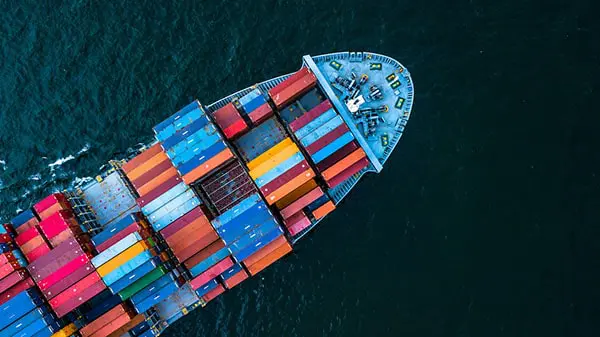
All about beans
So what is a coffee bean, anyway?
It’s the seed of the fruit of the coffee plant. Each bean is housed in the red pulp of the flowering plant, known as the cherry. These grow alongside green, waxy leaves on the branches of the trees, which must be given 3-4 years to grow to their full height and bean-bearing potential.
They grow all around the world in regions surrounding the Equator, in Central / South America, Africa and Asia. Usually at quite high altitudes, these are areas that have weather warm and wet enough to help the plants grow. Lots of direct sunlight is essential for the growth of the plant.
The cherries are harvested by coffee farmers as part of farming companies and cooperatives. While this can be done by machine, the high altitudes and steep slopes of the plantations make it difficult, so most farmers pick them by hand, put them in baskets and transport them away for processing.
There are two ways of doing this. In the first, the pulp is removed, leaving the beans themselves, which are then washed to remove all the bits. They’re then dried (sometimes with machines, sometimes out in the sun) and sent for processing.
The other method involves just leaving the entire cherry out in the sun to dry, with the beans being removed later. They’ll be mixed and stirred around to ensure even coverage. Sometimes, a layer of skin around the cherry is removed, meaning that when they’re sun-dried, some of the pulp sticks to the bean, giving the final product more of a fruity, honey-like flavour.
At this point, some producers decide to age some of the beans for 1-3 years (like you would with certain alcoholic drinks or cheeses) to develop different textures and flavours. There’s also the option of decaffeination at this stage – an extra set of treatments with a few different methods (see our FAQ on how coffee is decaffeinated).
It’s now time to move the green (yes, they’re green in their natural state) beans around the world. In some plantations, a portion of beans will be regularly set aside for an expert ‘cupper’ to roast, grind and test the beans for flavour, and show to prospective buyers.
Once packaged, they’re then loaded onto trucks and make their way through a complicated logistical chain, being loaded onto cargo containers and shipped via sea freight.
Technological advances have certainly helped the shipping process, but it’s not without its challenges. One critical factor in shipping is moisture build-up, especially while they’re in transit over the sea. If moisture comes into contact with the beans, it can adversely affect flavours and even cause bacterial build-up. So to prevent this, specially sealed packaging materials are used to keep contaminants out. (You won’t find the woven burlap/hessian sacks around here, even if they look good in photos – sealed transport is the way to go.)
They’re loaded into containers, each holding around 20 tons of unroasted green beans, and shipped around the world. Coffee is one of the world’s most important global commodities, so there’ll be thousands of ships traversing the globe at any point, full to the brim with our favourite bean.
The next destination is no surprise – the roasters. That’s us! We end up sourcing and roasting around 2,800kg of beans each month.
From here, some of it will be supplied wholesale, with the rest going to our lovely customers via the online shop.
And there you have it – the world’s finest drink, ready to be freshly brewed at your convenience. If you’re a true coffee connoisseur, you’ll have ended up with unroasted green beans, ready to roast at home – here’s our guide with everything you need to know about roasting coffee beans. Freshly-roasted beans have the finest aroma of them all, and once you’ve tried it, you won’t go back.
If you’ve got yourself some pre-roasted beans – a more popular option – they’ll still need grinding. You can go electric or hand-cranked; both will ensure you’re in control of when the flavours are released from the bean. (Check our guide to choosing a grinder if you’re not sure.)
Pre-ground coffee is the most popular and convenient option, and we wouldn’t judge you if that’s your preference. In fact, each coffee we sell comes in a variety of different grind sizes depending on how you’d like to brew it. Whether it’s Aeropress, French Press, Espresso or more – there’s a grind for it. When you place your order, we’ll grind it according to your instructions.
And once you’ve made use of the beans, you don’t have to chuck the grounds in the bin. Coffee grounds are actually recyclable, and there are a few environmentally friendly ways to reuse them – like skincare, plant fertiliser and even household cleaning. See our guide to recycling coffee grounds for more info.
So there you have it – what a journey. Time for a sit down and a nice cuppa.